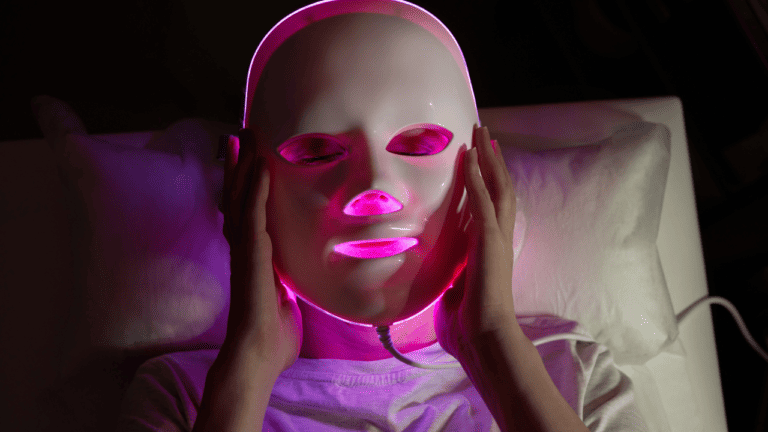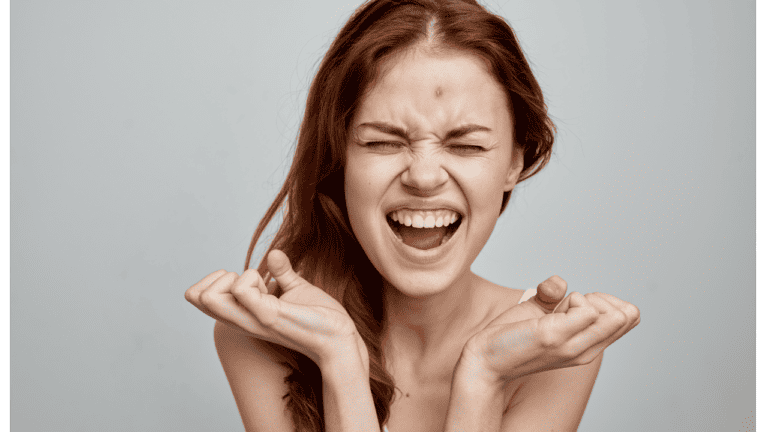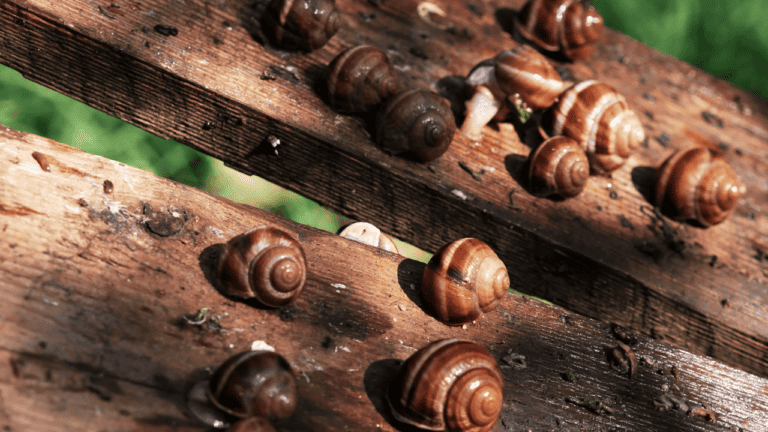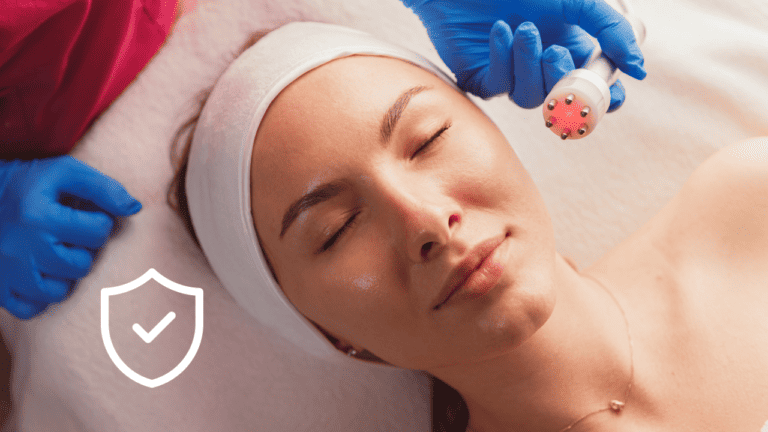Pimples are a common skin condition that affects people of all ages and genders. They occur when hair follicles become clogged with oil and dead skin cells, leading to inflammation and the formation of a red bump on the skin. While pimples can appear individually, they often show up in clusters, causing frustration and embarrassment for those affected.
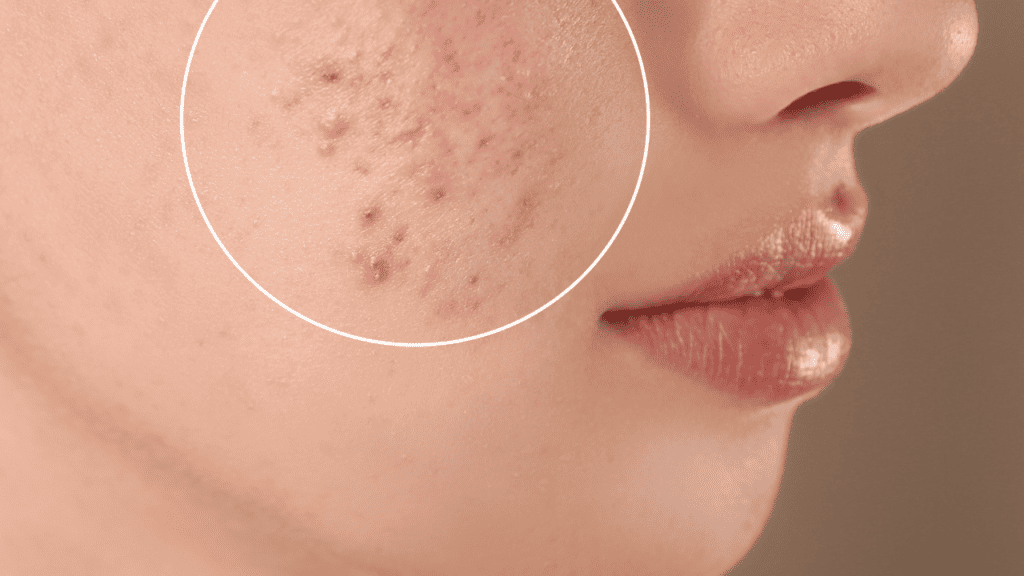
Understanding why pimples show up in clusters requires an understanding of acne formation. Acne is a complex skin condition that involves multiple factors, including genetics, hormones, and environmental factors. When excess oil production, dead skin cells, and bacteria accumulate in the hair follicles, it can lead to the formation of pimples and other acne lesions.
Factors influencing pimple clusters can include hormonal changes, stress, diet, and skincare habits. Hormonal changes, such as those that occur during puberty, pregnancy, or menstruation, can cause an increase in oil production, leading to the formation of pimples. Stress can also trigger hormonal changes and increase inflammation in the body, leading to the formation of acne. Diet and skincare habits can also play a role in the development of pimples and acne clusters.
Key Takeaways
- Pimples are a common skin condition that can appear in clusters.
- Acne formation is a complex process that involves multiple factors.
- Hormonal changes, stress, diet, and skincare habits can all influence the formation of pimple clusters.
Understanding Acne Formation
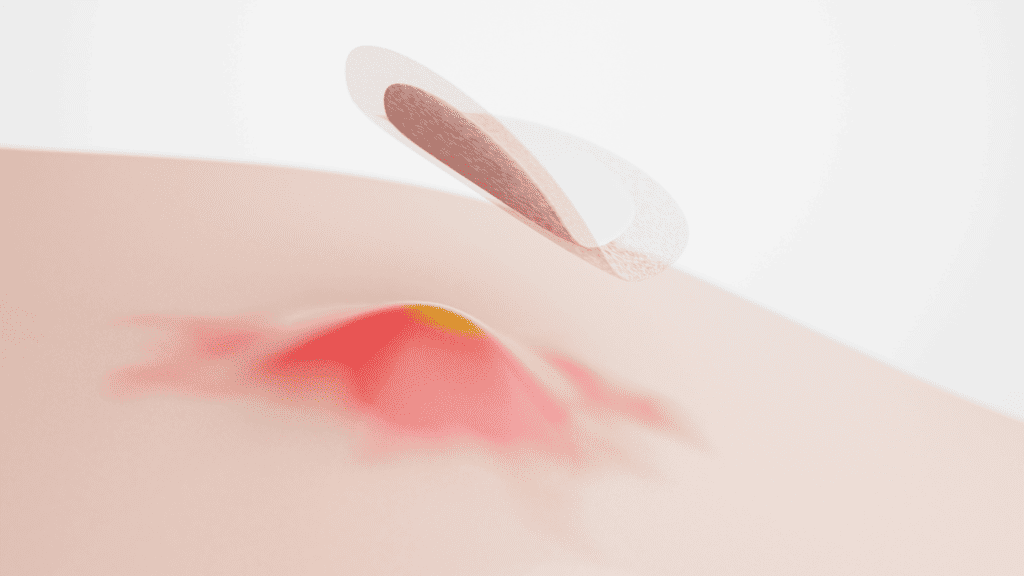
Acne is a common skin condition that affects people of all ages. It occurs when hair follicles become clogged with oil and dead skin cells, leading to the formation of pimples, blackheads, and whiteheads. While the exact cause of acne is not fully understood, several factors are known to contribute to its formation.
Role of Pores and Sebum
Pores are tiny openings in the skin that allow hair follicles to grow. Sebum is an oily substance produced by the sebaceous glands located near the hair follicles. When the sebaceous glands produce too much sebum, it can mix with dead skin cells and plug the hair follicle, leading to the formation of a pimple.
Bacterial Contribution to Acne
Bacteria also play a role in the formation of acne. Propionibacterium acnes is a type of bacteria that lives on the skin and feeds on sebum. When hair follicles become clogged with sebum, P. acnes can multiply and cause inflammation, leading to the formation of red, painful pimples.
Inflammation and Acne Clusters
Inflammation is a key factor in the formation of acne clusters. When hair follicles become clogged with sebum and dead skin cells, the body’s immune system responds by sending white blood cells to the affected area. This can cause inflammation and redness, leading to the formation of clusters of pimples.
Overall, the formation of acne is a complex process that involves several factors, including pores, sebum, bacteria, inflammation, dead skin cells, hormones, and sebaceous glands. By understanding these factors, it is possible to develop effective treatments for acne and reduce the risk of scarring.
Factors Influencing Pimple Clusters

Pimples are a common skin condition that affects people of all ages and genders. They often appear in clusters, causing discomfort and self-consciousness. While the exact cause of pimple clusters is not fully understood, several factors are known to influence their occurrence.
Hormonal Fluctuations and Acne
Hormonal fluctuations are a major contributor to pimple clusters. Hormonal acne is a type of acne that is caused by hormonal imbalances, particularly in androgens such as testosterone. These imbalances can cause an overproduction of oil in the skin, leading to clogged pores and the formation of pimples.
Hormonal fluctuations can occur during puberty, menstrual cycles, pregnancy, and menopause. In women, hormonal acne is often linked to the menstrual cycle, with breakouts occurring a few days before or during menstruation. Hormonal acne can also be caused by certain medications, such as oral contraceptives and corticosteroids.
External Factors Affecting Acne
External factors such as hair products and skincare products can also contribute to pimple clusters. Hair products, such as gels, mousses, and hairsprays, contain ingredients that can clog pores and cause breakouts, particularly along the hairline and forehead.
Similarly, skincare products that contain comedogenic ingredients can also contribute to pimple clusters. Comedogenic ingredients are those that are known to clog pores and cause breakouts, such as coconut oil, cocoa butter, and lanolin.
Genetic Predisposition and Acne
Genetics also play a role in the development of pimple clusters. Studies have shown that acne is hereditary, with a strong genetic component involved in its development. Individuals with a family history of acne are more likely to develop the condition themselves.
Genetic predisposition can also influence the severity and duration of acne. Some individuals may be more prone to developing severe and long-lasting acne, while others may experience only mild and occasional breakouts.
In conclusion, pimple clusters are a common skin condition that can be influenced by a variety of factors, including hormonal fluctuations, external factors, and genetic predisposition. Understanding these factors can help individuals take steps to manage their acne and prevent the formation of pimple clusters.
Frequently Asked Questions
What causes a concentration of pimples in specific areas like the chin or jawline?
The chin and jawline are common areas for pimples to cluster. The reason for this is that these areas have a higher concentration of oil glands, which can lead to clogged pores and the formation of pimples. Hormonal changes, stress, and poor hygiene can also contribute to the development of pimples in these areas.
Are there any particular reasons for the development of cystic acne in clusters?
Cystic acne is a severe form of acne that is characterized by large, painful, and deep pimples that can be grouped in clusters. The development of cystic acne is usually linked to hormonal imbalances, which can cause an increase in sebum production. This excess oil can then clog pores, leading to the formation of cystic acne. Genetics and lifestyle factors, such as diet and stress, can also play a role in the development of cystic acne.
What are effective treatments for a persistent cluster of pimples on the cheek?
Treating a persistent cluster of pimples on the cheek requires a multi-pronged approach. The first step is to maintain good hygiene by washing the face twice a day with a gentle cleanser. Over-the-counter topical treatments, such as benzoyl peroxide or salicylic acid, can also be effective in reducing the appearance of pimples. In more severe cases, prescription medication, such as antibiotics or retinoids, may be necessary. It is important to consult with a dermatologist to determine the best course of treatment for persistent clusters of pimples on the cheek.

